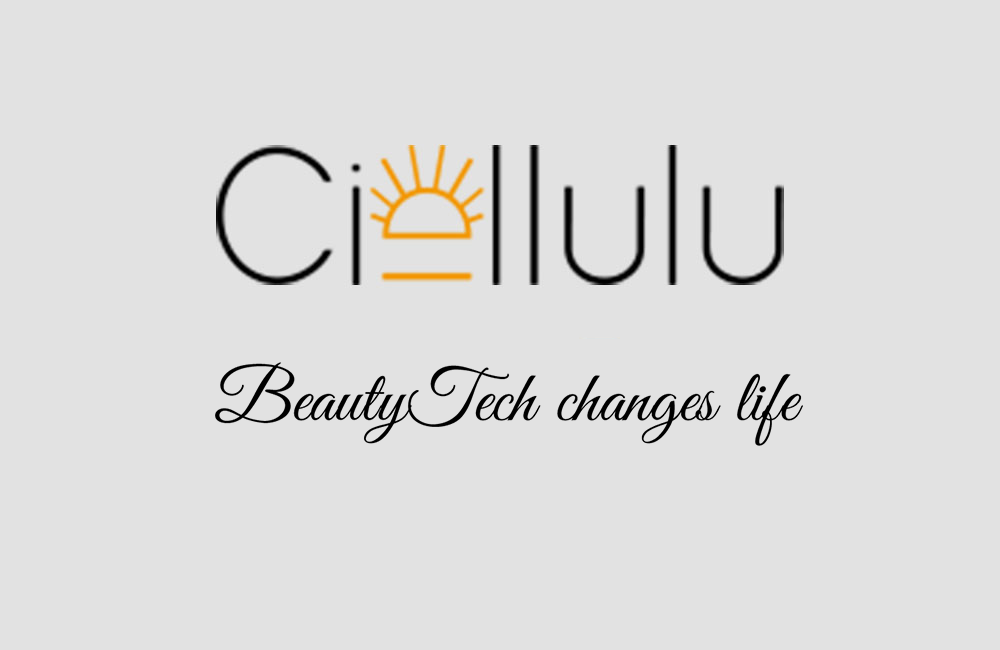ND:YAG

ND:YAG
ND:yag (Neodymium-doped Yttrium Aluminum Garnet) Laser is a type of laser commonly used in medical and cosmetic procedures. It is named after the crystal it uses as its lasing medium, which is doped with neodymium ions. The NDlaser emits light with a wavelength of 1064 nm, which can penetrate deeply into the skin. Some NDlasers can also operate at a wavelength of 532 nm when used with a frequency-doubling crystal.
Applications of ND:yag Laser
- Hair Removal: NDlasers are effective for hair removal, especially on darker skin types where other lasers might cause pigmentation issues.
- Tattoo Removal: The laser breaks down the ink particles in tattoos, which are then absorbed and eliminated by the body.
- Vascular Lesions: Used to treat spider veins, hemangiomas, and other vascular lesions by targeting the blood vessels.
- Skin Rejuvenation: Stimulates collagen production to improve skin texture and reduce wrinkles and fine lines.
- Pigmented Lesions: Effective for treating age spots, freckles, and other pigmented lesions.
- Acne Treatment: The laser can reduce active acne and acne scars by targeting sebaceous glands and promoting collagen remodeling.
- Nail Fungus: NDlasers can penetrate the nail and kill the fungus causing the infection.
How ND:yag Laser Works
The ND:yag laser produces a high-intensity beam of light that can be precisely controlled. When this light is absorbed by targeted tissues, it generates heat, which can destroy or alter the cells in the target area. Because of its deep penetration, the NDlaser is effective for treating deeper skin layers and structures.
Advantages of ND:YAG Laser
- Deep Penetration: Capable of treating deeper skin issues compared to other types of lasers.
- Versatility: Effective for a wide range of applications, including hair removal, skin rejuvenation, and treatment of vascular and pigmented lesions.
- Safety for Darker Skin: Unlike some lasers, the NDlaser is safer for use on darker skin tones, minimizing the risk of pigmentation changes.
- Precision: Allows for precise targeting of specific tissues, minimizing damage to surrounding areas.
What to Expect During an ND:YAG Laser Treatment
- Preparation: The treatment area is cleaned, and a cooling gel may be applied. Protective eyewear is provided.
- Procedure: The laser handpiece is moved over the treatment area, delivering pulses of light. Patients may feel a slight snapping or warming sensation.
- Post-Treatment: There may be temporary redness, swelling, or minor discomfort, which typically subsides within a few hours to a few days. Sun protection and aftercare instructions should be followed to ensure proper healing.
Considerations and Risks
- Multiple Sessions: Depending on the treatment, multiple sessions may be required to achieve the desired results.
- Skin Type: While NDlasers are safe for darker skin tones, individual results and risks can vary, so a consultation with a qualified professional is essential.
- Possible Side Effects: Temporary redness, swelling, or discomfort. Rarely, there may be changes in skin pigmentation or scarring.
Conclusion
The ND:YAG laser is a powerful and versatile tool in both medical and cosmetic dermatology. Its deep penetration and precision make it suitable for treating a wide range of skin conditions. Consulting with a qualified dermatologist or laser specialist is important to determine the appropriate treatment plan for individual skin types and concerns.
Source: ND:YAG




 Ciellulu Laser - Facial Machine Supplier
Ciellulu Laser - Facial Machine Supplier

